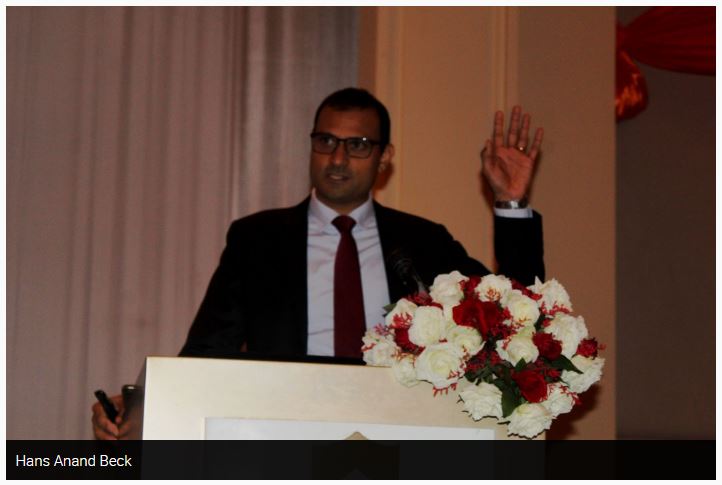Myanmar needs ‘wise’ investments
DESPITE the ongoing Rakhine crisis and intensification of conflicts that may impact on the performance of the tourism sector and investor sentiment, Myanmar’s economy is slowly picking up speed and regaining stability after a volatile 2018, and that could continue if the country invests wisely and inclusively, says a new report by the World Bank.
Gevorg Sargsyan, the World Bank’s country head for Myanmar, said at yesterday’s launch of the latest Myanmar Economic Monitor that Myanmar’s economy would grow at 6.5 per cent this year and 6.7 per cent next year.
“Myanmar’s medium-term economic outlook is positive,” he added. “Growth continues to be broad-based, supported by the industrial and service sectors.”
According to Sargsyan, the growth will be supported by building reform momentum, planned large infrastructure projects and investment in sectors undergoing liberalisation. Downside risks to the economic outlook are driven largely by external sources including the slowdown of regional growth, escalation of trade tensions, possible revocation of European Union’s trade preference and the possible increase in oil prices and electricity tariffs that would add to inflationary pressures.
He urged the authorities to continue reforms and invest wisely and inclusively in order to sustain the growth momentum. Sargsyan recommended preparing for the economic shocks like those in 2018.
“In this way, Myanmar can strengthen investor confidence, stimulate faster growth and share the benefits of its rising prosperity among all the people,” he said.
Sargsyan said Myanmar urgently needs to address two key areas – power and poverty.
“In the power sector, Myanmar needs to invest twice as much and implement projects three times faster to meet growing demand supported by higher electricity tariffs,” he said.
Peak power demand is estimated to reach 12.6 gigawatts by 2030 – over three times the current level. To cater to the demand, overall investment requirements are estimated to be around US$2 billion (Bt62.76 billion) per year, which is double the historic levels. By 2025, 5 GW of new generation capacity will be needed.
“Investments should be informed by least-cost planning and facilitated by higher electricity tariffs and measures to reduce the cost of system inefficiencies,” he said.
“When considering tariff increases, attention should be paid to mitigate any negative impacts on the poorest users.”
In terms of tackling poverty, most of the population in Myanmar may face poor access to education and health access, and a lack of employment, clean water and sanitation, housing and assets.
“How disadvantaged you are depends a lot on which state or region, or even township, you are in. Conflict prevalence also matters,” he said.
Inflation is expected to stabilise at 6.6 per cent in the medium term. The report notes that inflationary pressures could increase due to volatile global energy prices and the possibility that the government may increase electricity tariffs to bring them in line with the cost of power production.
Hans Anand Beck, the lead economist at World Bank Myanmar, said it is time to foster reforms by implementing insurance liberalisation, tax reforms, and transparent investments in the power sector.
“We expect Myanmar’s growth to be broad-based although agriculture is underperforming,” he said.
“Tourist arrivals picked up, especially from the region, but earnings are flat. Manufacturing output has picked up and diversified.”
Beck said foreign direct investment rose slightly but Myanmar needs to maintain the momentum. Though the growth in credit to the private sector slowed and the fiscal deficit improved, financial inclusion improved as the lending of microfinance institutions has rapidly expanded.
Beck predicted that planned large infrastructure projects will also become a key driver of the economy.
“There are signs that market sentiment is rising as new laws are being passed,” he said.
Source: http://www.nationmultimedia.com/detail/Economy/30371318


 English
English




